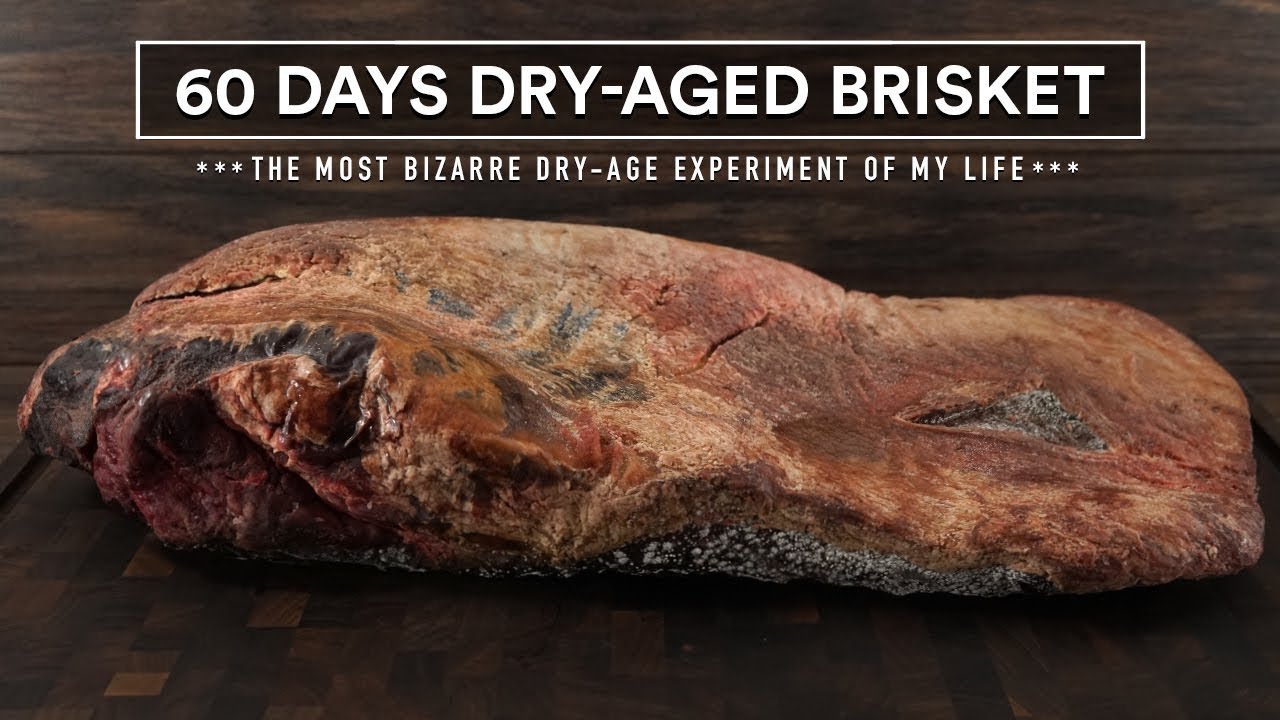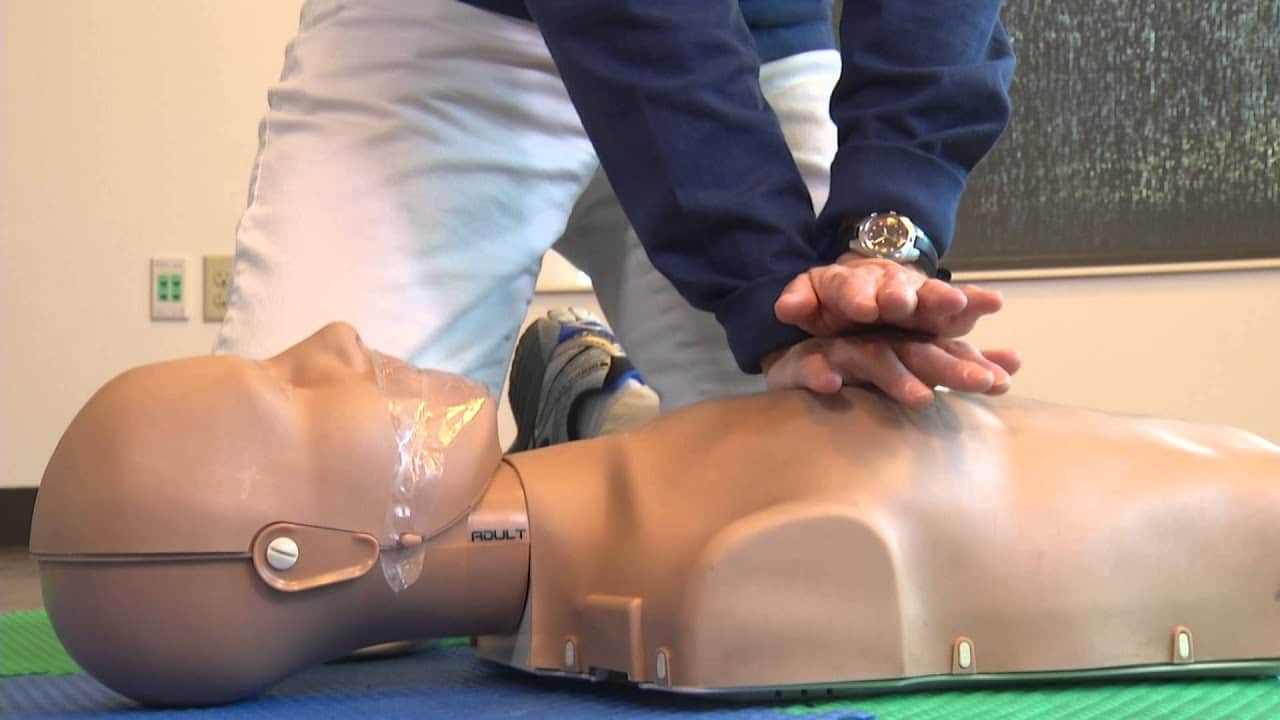Honoring Heroes: The Courageous Story of Paul Cary, Paramedic (2020)
Introduction
In times of crisis and uncertainty, heroes emerge to selflessly serve and protect their communities. Paul Cary, a paramedic from Aurora, Colorado, exemplified the true spirit of heroism during the unprecedented challenges of 2020. His unwavering dedication to saving lives and providing critical medical care amidst the COVID-19 pandemic touched the hearts of many and left a lasting legacy of courage and compassion.
A Paramedic’s Call to Duty
As the COVID-19 pandemic swept across the globe, frontline healthcare workers found themselves on the front lines of the battle against the deadly virus. Paul Cary, a seasoned paramedic with decades of experience, answered the call to duty without hesitation. Despite the risks to his own health and safety, Cary volunteered to join a deployment of paramedics from Colorado to New York City, the epicenter of the pandemic in the United States.
Selfless Service in the Face of Adversity
Throughout his deployment in New York City, Paul Cary worked tirelessly alongside fellow paramedics to provide critical medical care to patients battling COVID-19. Day and night, he braved the chaos and uncertainty of overwhelmed hospitals and overwhelmed medical systems, demonstrating unwavering dedication and compassion in the face of adversity.
A Tragic Loss and Enduring Legacy
Tragically, Paul Cary’s selfless service came to a sudden and heartbreaking end when he succumbed to complications of COVID-19 while on deployment in New York City. His passing sent shockwaves through the paramedic community and beyond, leaving a profound impact on all who knew him. Despite the immense loss, Cary’s legacy of heroism and selflessness lives on as a testament to the power of compassion and the indomitable spirit of the human heart.
Honoring Paul Cary’s Memory
Paul Cary’s courageous actions and ultimate sacrifice serve as a reminder of the extraordinary courage and dedication exhibited by frontline healthcare workers around the world. As we honor his memory, let us also recognize and express gratitude to all those who continue to serve on the front lines of the COVID-19 pandemic, risking their own health and safety to save lives and protect communities.
Conclusion
Paul Cary, a paramedic from Aurora, Colorado, embodied the true spirit of heroism through his selfless service and unwavering dedication to helping others in need. His courage, compassion, and sacrifice serve as a beacon of hope and inspiration for all, reminding us of the profound impact that one individual can make in the lives of others. As we reflect on his legacy, let us strive to emulate his spirit of service and kindness, and honor his memory by continuing to support and uplift those in need.















